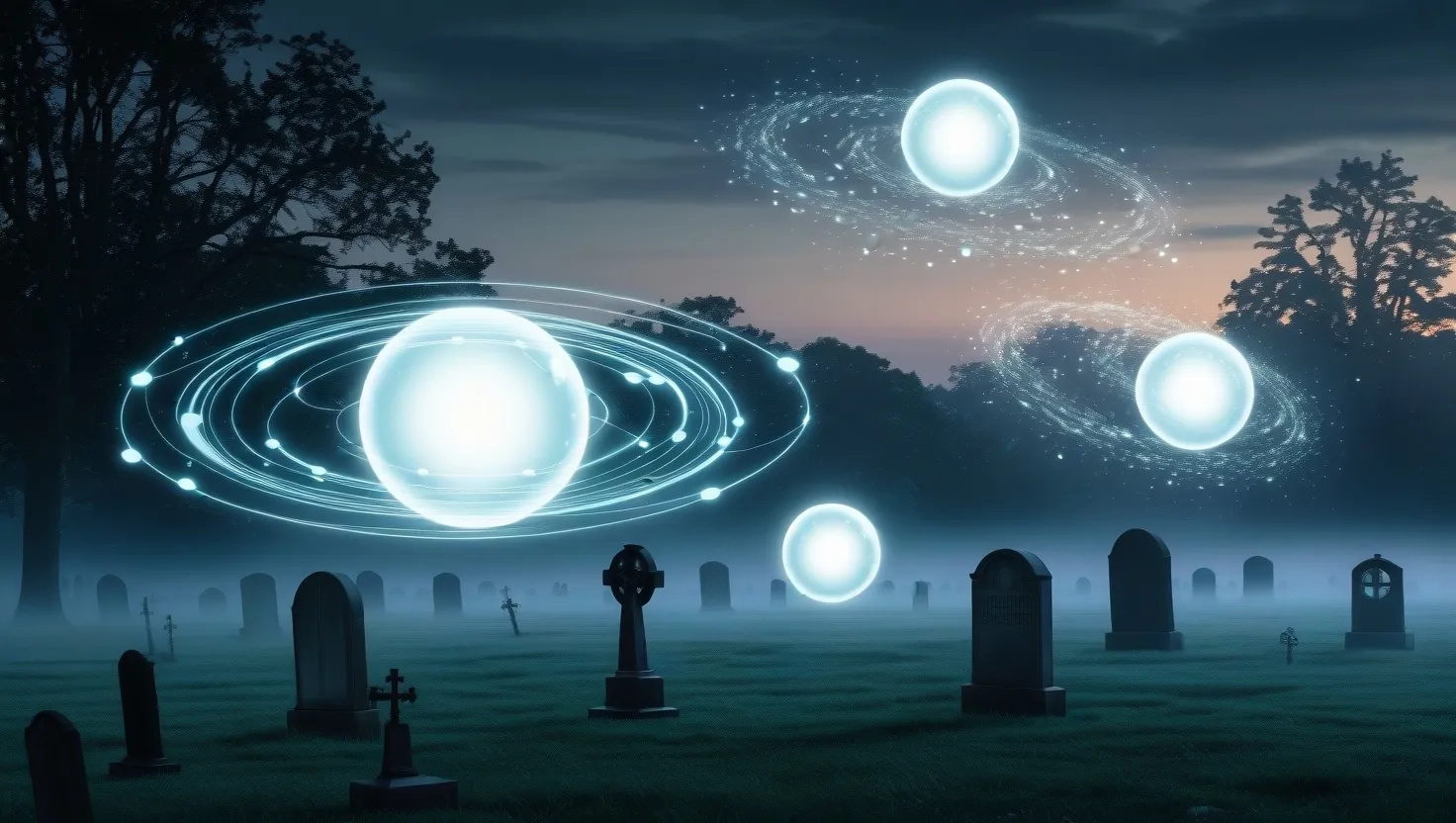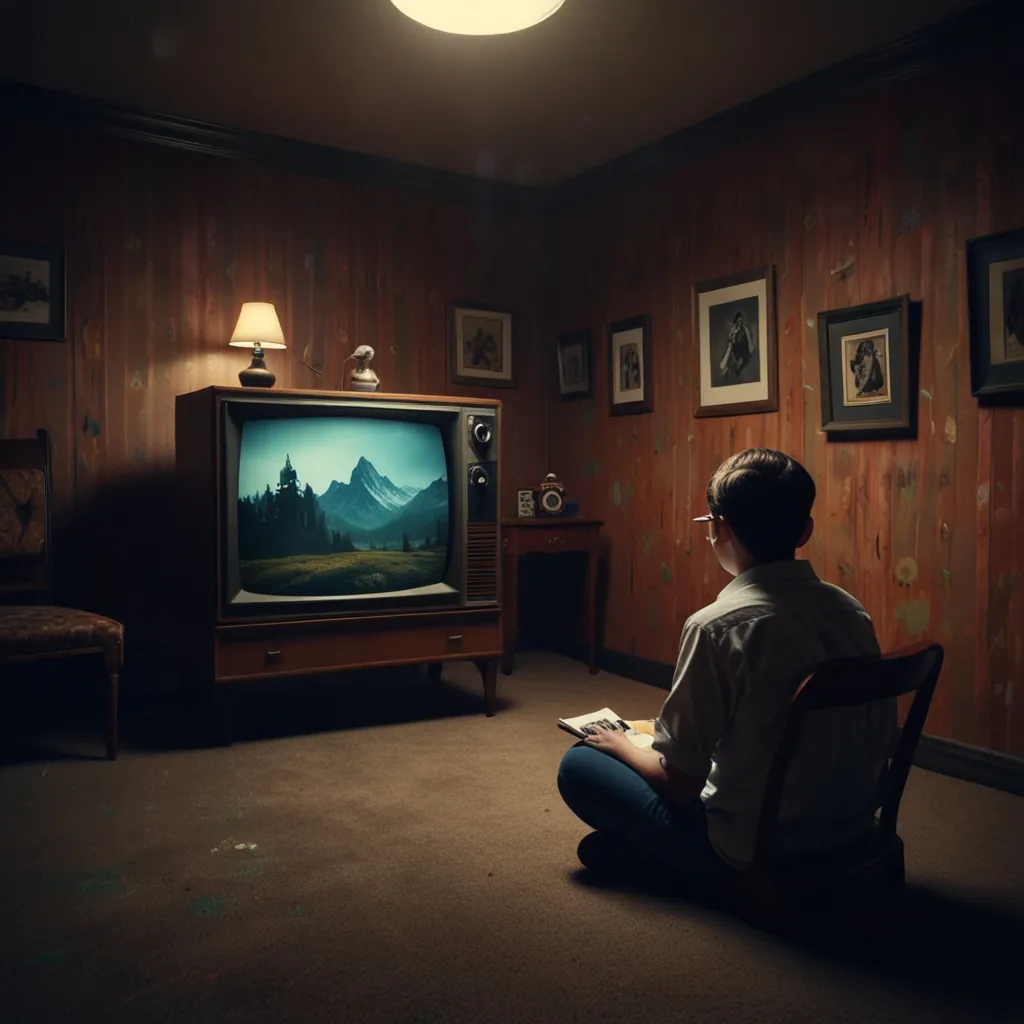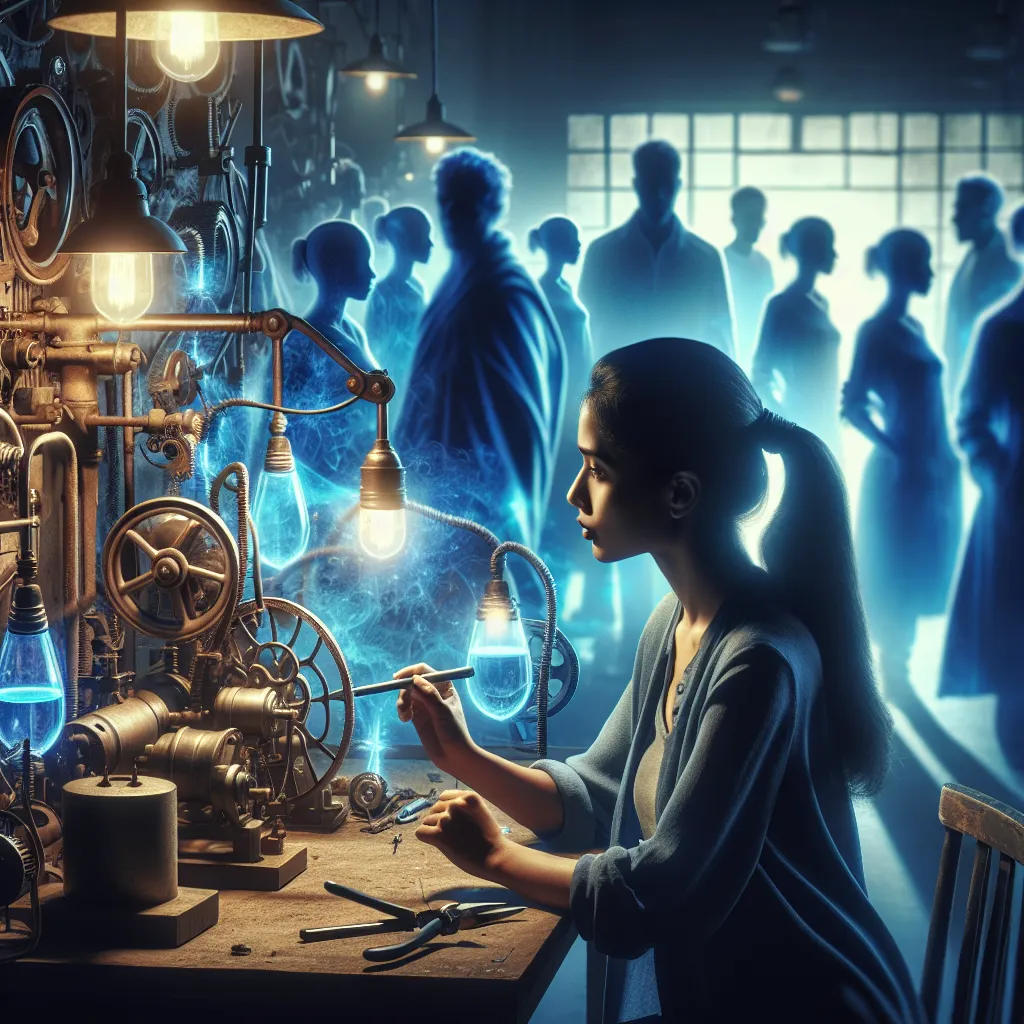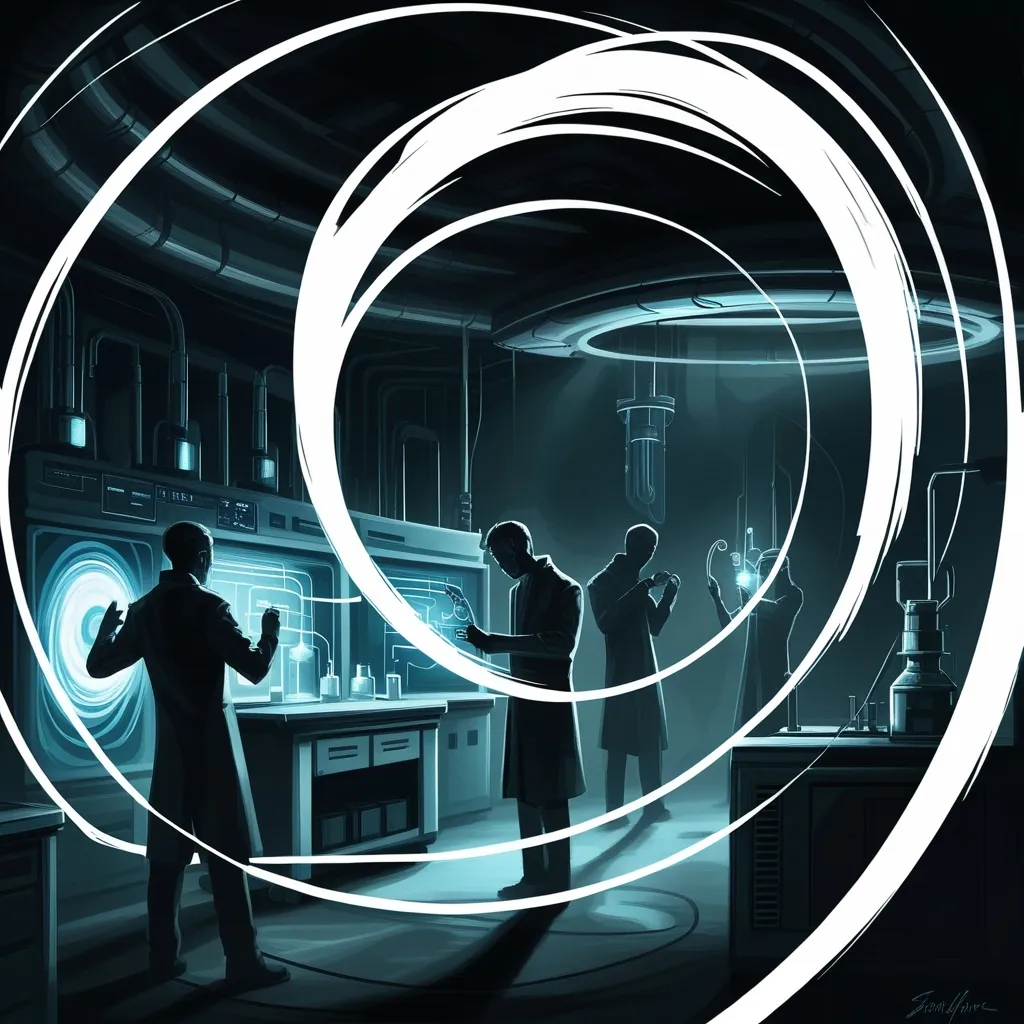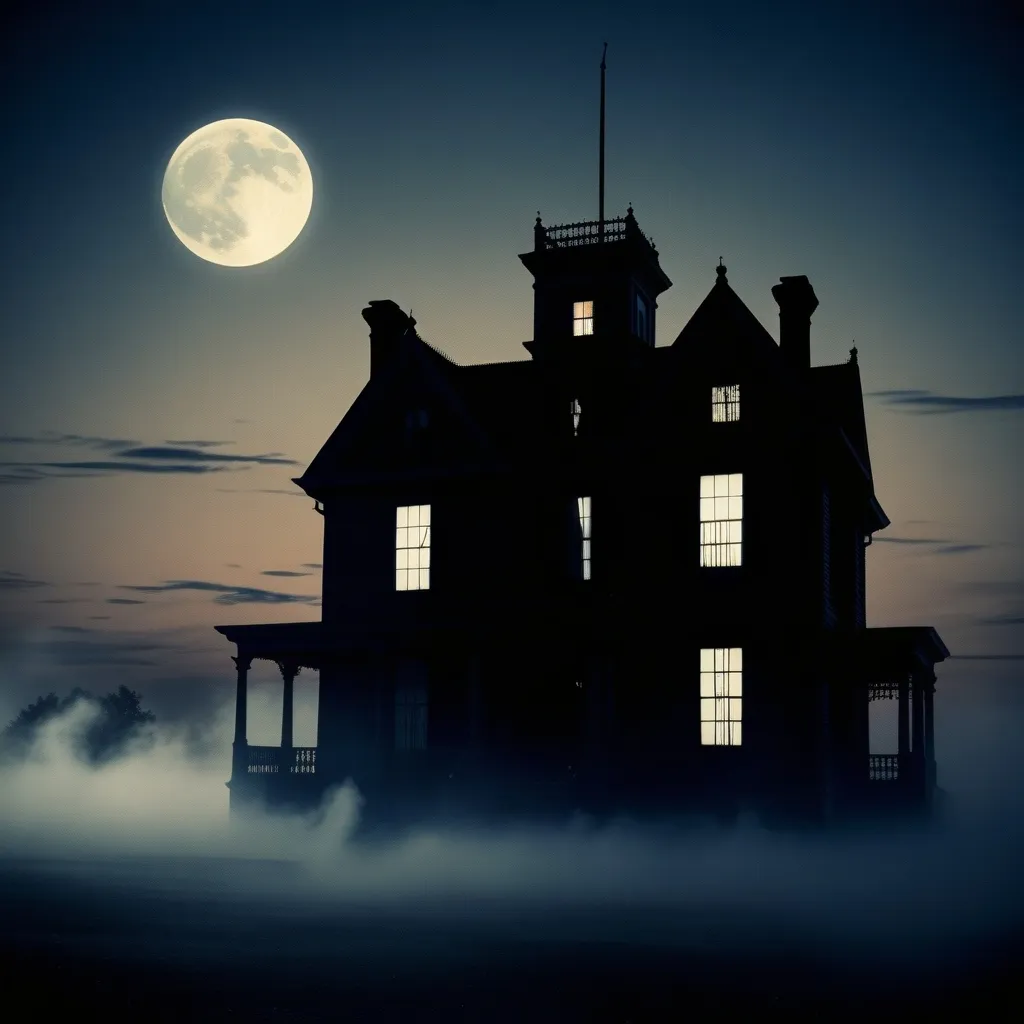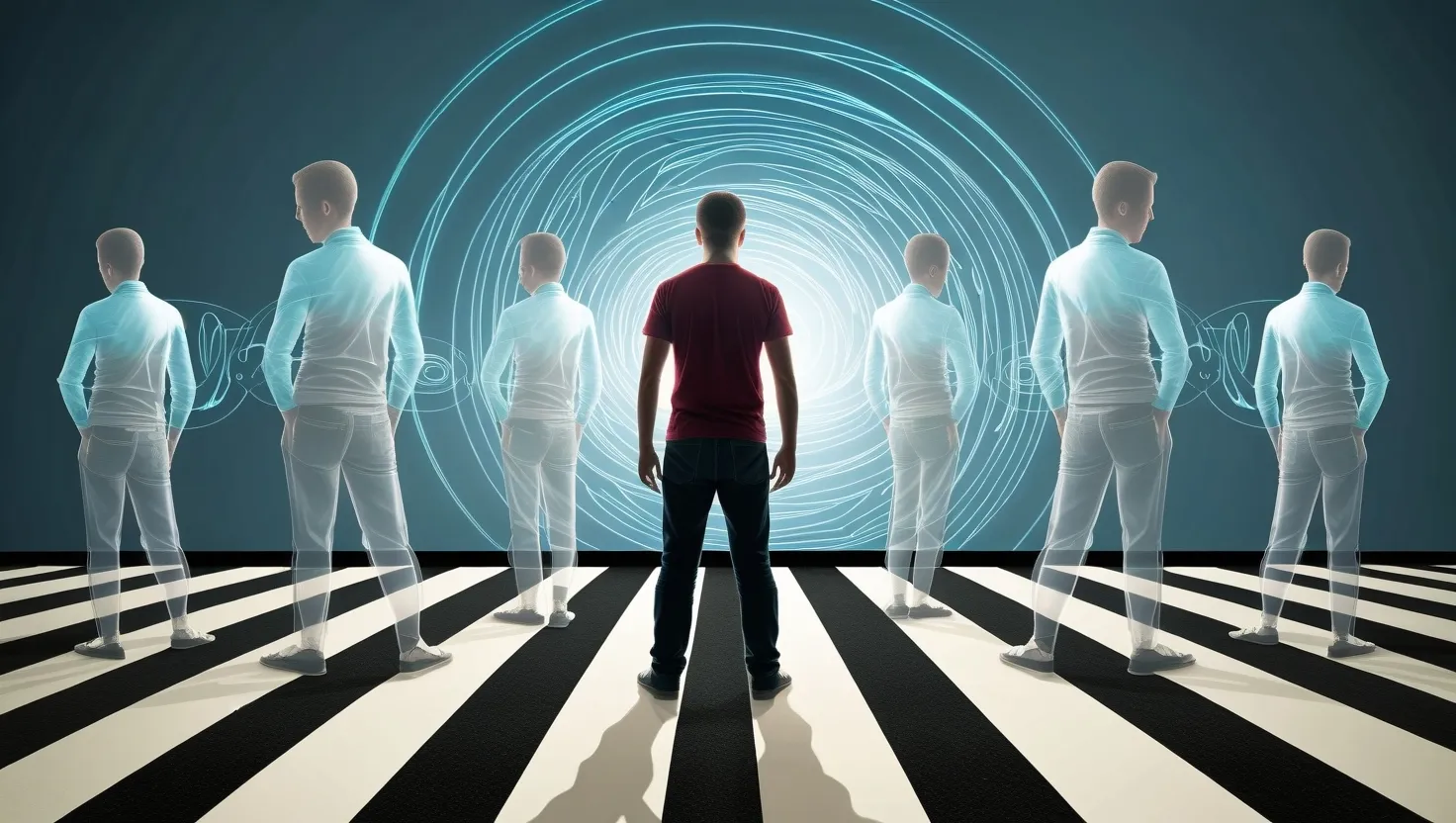When we think about ghostly phenomena and paranormal activities, our minds often wander to the realm of the supernatural, but what if there’s a more scientific explanation? A fascinating theory suggests that some of these eerie events might have a quantum origin, blurring the lines between the world of subatomic particles and our everyday reality.
Imagine a scenario where emotions, not just from the dead but also from the living, create a kind of imprint on the universe. This concept, rooted in quantum mechanics, proposes that our emotions can create semi-permanent “indentations” in the quantum fabric of the universe. These indentations, or ghosts, are essentially impressions of emotions that linger long after the initial cause has passed. They are not the disembodied personalities of the dead but rather a residue of the living’s interactions with the world.
To grasp this idea, you need to understand one of the fundamental principles of quantum mechanics: observation changes the subject being observed. When a particle is observed, it is forced into a specific energy state. Without observation, a particle can exist in multiple states simultaneously. This principle can be extended to suggest that our emotions, acting as a form of observation, can influence the quantum state around us, creating these ghostly imprints.
The formation of these ghosts is not a common occurrence; it requires a specific set of conditions. The quantum state around the individual must be favorable, and certain areas, such as cemeteries or hospitals, are more susceptible due to the prevalence of strong emotions. These areas can act as catalysts for the creation of different types of ghosts, each with its own characteristics.
For instance, some ghosts might manifest as small balls of light, known as orbs, which are often captured by cameras but rarely seen with the naked eye. Others might take on a more human form, known as apparitions, which can include auditory components and may appear repeatedly. Then there are the more complex entities, such as poltergeists, which can move objects and even exhibit independent behavior.
One of the most intriguing aspects of this theory is the idea that these ghostly phenomena could be quantified and measured. By analyzing the intensity of the emotional imprint, the size and shape of the ghost, its range of motion, and the frequency of its appearances, researchers can categorize these entities into different types. This approach turns what was once considered supernatural into a subject of scientific inquiry.
But how do these quantum fluctuations interact with our macro world to cause such phenomena? Here’s where the concept of quantum tunnelling comes into play. Quantum tunnelling is a process where particles can pass through barriers that would be impossible according to classical physics. While this phenomenon is well-documented at the subatomic level, some researchers have speculated that it could explain certain paranormal activities, such as objects moving through walls or melding together.
However, this idea faces significant criticism. Quantum tunnelling applies to the smallest particles like photons and electrons, not to macroscopic objects like coins or balls. The sheer number of particles in any solid object makes it virtually impossible for all of them to tunnel through a barrier simultaneously. Thus, while the idea is intriguing, it remains highly speculative and lacks concrete evidence.
Another theory suggests that poltergeist phenomena could be related to changes in molecular bonds and vacuum polarization, particularly in environments where there are significant emotional or psychological disturbances. For example, some researchers have proposed that the brain activity of pubescent children or young women could lead to a reduction in molecular bond strength, causing strange occurrences like burning materials or moving objects. However, these theories are often based on limited anecdotes and lack robust scientific testing.
Despite these challenges, the intersection of quantum physics and paranormal phenomena continues to captivate scientists and the general public alike. Some physicists argue that the role of the observer in quantum mechanics could provide a key to understanding how the mind interacts with the physical world. For instance, experiments have shown that people can influence random physical processes through mental effort, albeit weakly. This interaction between mind and matter is a fertile ground for research, especially when considering phenomena like telepathy and psychokinesis.
The concept of “quantum poltergeists” also raises questions about the nature of reality and how our perceptions shape it. If our emotions and observations can influence the quantum state, does this mean that our consciousness plays a more active role in the world around us than we previously thought? This idea resonates with theories that suggest consciousness is not just a byproduct of brain activity but an integral part of the physical world.
In conclusion, the idea that subatomic particles could be causing paranormal activity is a mind-bending theory that challenges our conventional understanding of the world. While it is still largely speculative and requires more rigorous scientific investigation, it opens up fascinating avenues for research. By exploring the intersection of quantum physics and paranormal phenomena, we may uncover new insights into the nature of reality and our place within it.
As we delve deeper into this complex and intriguing topic, we are forced to question everything we thought we knew about the bumps in the night and the very fabric of our reality. Are we witnessing subatomic particles playing tricks on our reality, or is this just another case of science trying to explain away the unexplainable? The answer, much like the ghosts themselves, remains elusive but tantalizingly close, waiting to be uncovered by the curious and the brave.
